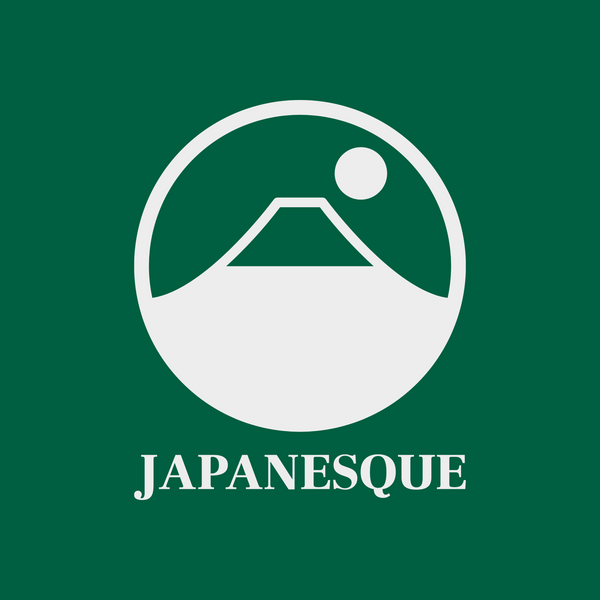12. Matsuyama Kiln (1848-1872)
The Matsuyama kiln was founded in 1848 by the Daishoji clan in Matsuyama Village, Enuma District (present-day Matsuyama Town, Kaga City) under orders from Hikozaemon Yamamoto. Kikusaburo Matsuya, Gen'emon Aoya, and others who had been working on recreating Aote Ko Kutani at Rendaiji Kiln in Komatsu since the previous year were invited to this kiln. The base material was made using pottery clay from areas within the domain such as Kutani Village, Susaka Village, and Tetsushi Village, and works of the old Kutani Aote style were mainly made as gifts for the domain.
Excavations of the kiln ruins in 1982 and 1981 revealed two climbing kilns, one flat kiln, one colored kiln, their foundations and baked clay, one workshop ruins, three potter's wheels in the workshop, and Two sites were excavated. Among the artifacts from the Edo period, porcelain such as dyed porcelain, white porcelain, and celadon porcelain, colored paintings, ceramics, and unglazed porcelain were unearthed.
The Daishoji domain started producing Ao-Kutani because while Aka-e flourished in the Kaga area from the latter half of the Edo period to the end of the Edo period, blue-colored porcelain like Aote Ko Kutani and Yoshidaya kiln Aote gradually stopped being fired. I started by trying to reproduce it. For this reason, it is said that at the time, the people of Matsuyama village called this kiln ``Matsuyama Gojo kiln'' (meaning a kiln directly managed by the feudal lord).
However, when Gen'emon passed away in 1863, Kikusaburo was forced to devote himself to the management of the Rendaiji kiln, and the Daishoji clan also acquired Kutanihon kiln (Miyamotoya kiln) in Yamashiro and established it. The protection of the Matsuyama kiln was stopped in order to concentrate financial support on the Eiraku kiln (also called the Eiraku kiln). For these reasons, the Matsuyama kiln was transferred to private management and is said to have been continued by Naoaki Kinoshita and others until around 1872.
